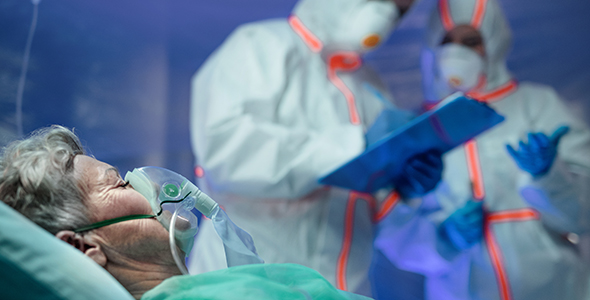Patients at the greatest risk for secondary infections, particularly infections that are resistant to first-line antibiotics, include people who are already vulnerable due to other conditions and diseases—like COVID-19. Because of that, antimicrobial resistance poses a significant additional threat, especially as healthcare systems become overburdened.
Current Practices for Potential Prevention, Early Recognition, and Optimized Treatment of AKI
It is especially important to focus on prevention methods amid the COVID-19 pandemic—in previous reports of SARS and MERS-CoV infections, AKI developed in 5% to 15% of cases and carried an extremely high (60%-90%) mortality rate.
The Worldwide Burden of Multi-drug Resistant Tuberculosis
The World Health Organization (WHO) estimates that Tuberculosis (TB) caused 1.5 million deaths in 2018. It’s one of the top ten causes of death worldwide and the leading cause of death from a single infectious agent.
Infection Prevention Best Practices to Keep Patients Safe
It is estimated that one out of every twenty hospitalized patients will contract an HAI. These infections are a significant cause of illness and mortality, and are the source of serious economic consequences for the US health system each year.
The Value of Diagnostics in Combatting Antimicrobial Resistance – A Public Health Problem
At this year’s World Anti-Microbial Resistance Congress, Dr. Tristan Timbrook delivered a...
Lindsay Denny Discusses the Critical Role of WASH in Preventing Infectious Diseases and Fighting Antimicrobial Resistance
WASH, which stands for water, sanitation, and hygiene, are basic...






